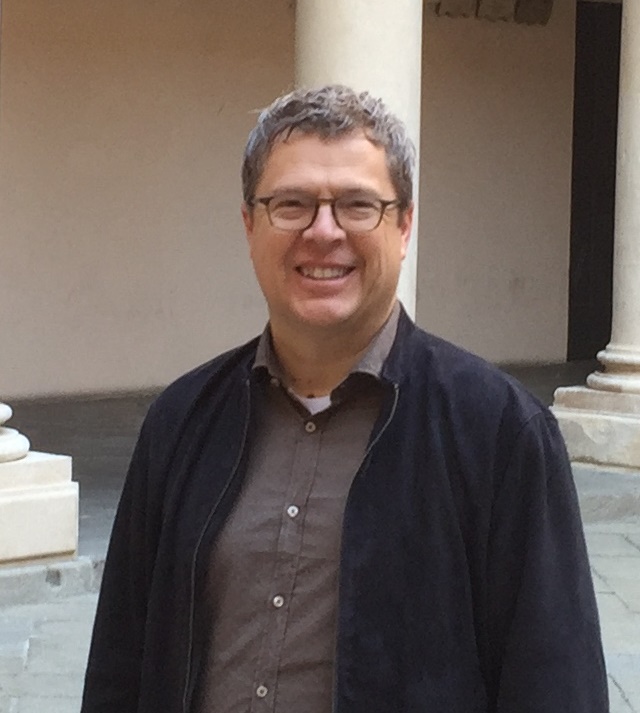Professor Scharffs Lectures on Hate Speech at the University of Padua – May 2016

On May 6th, 2016 Professor Brett Scharffs, Director of the International Center for Law and Religion Studies, spoke at a conference on Comparative Perspectives on Hate Speech, at the Treviso Campus of the University of Padua. The conference included students studying comparative public law and economic and social rights. In his speech, “Beyond Juris Centric Approaches to Hate Speech,” Professor Scharffs addressed the role that audiences play in the phenomenology of hate speech. He noted that usually hate speech does not result in direct physical harm to either the speaker or the victim of hate speech, but audiences are often provoked to violence. But it is noteworthy that often there is a significant passage of time between the initial hate speech and the violent reaction that the hate speech is said to provoke. This usually happens because those audience members who relate to the speaker and those who relate to the victim react to the speech in ways that either inflame or calm the situation. Using the metaphor of firefighting, Professor Scharffs discussed the ways that different audiences can become either “accelerants” creating greater emotional heat, or “decelerants” seeking to calm and cool passions, and the ways different audiences can become decelerants of hate-speech related violence before, during, and after the speech provocation.